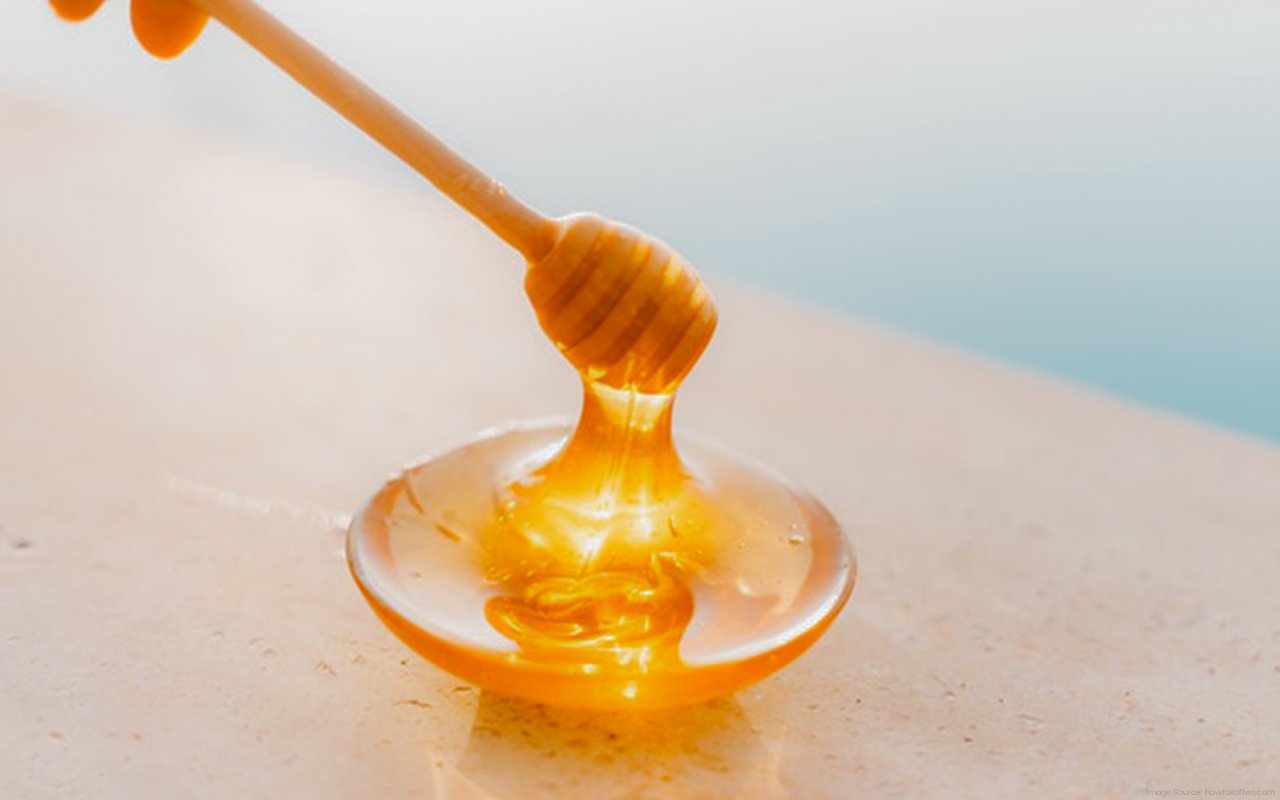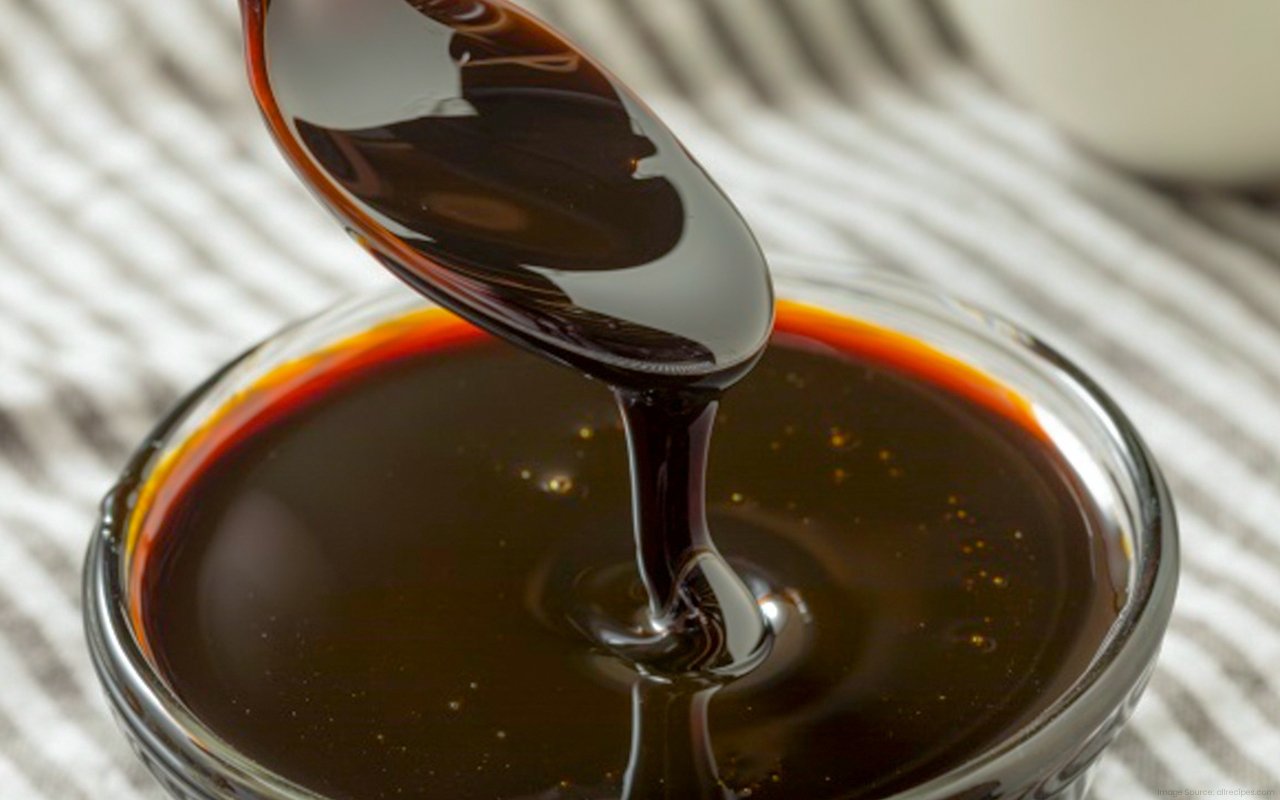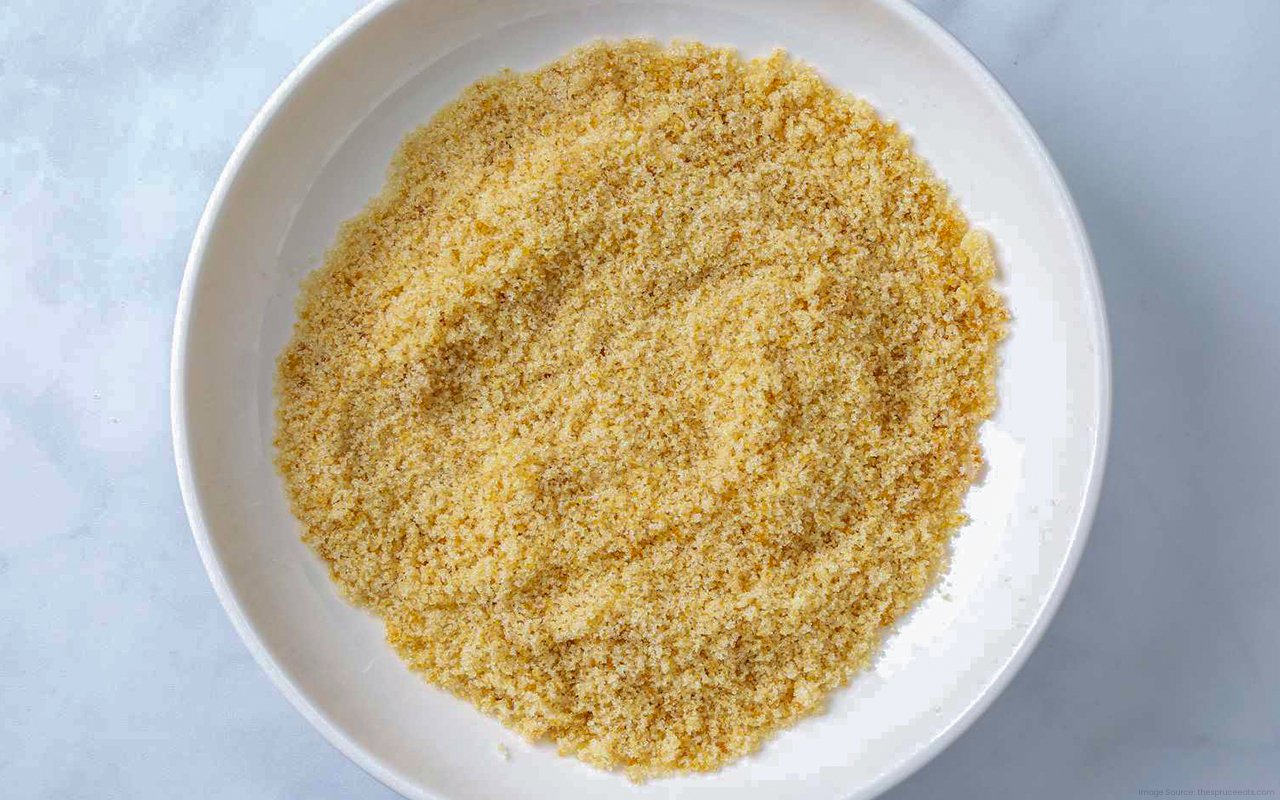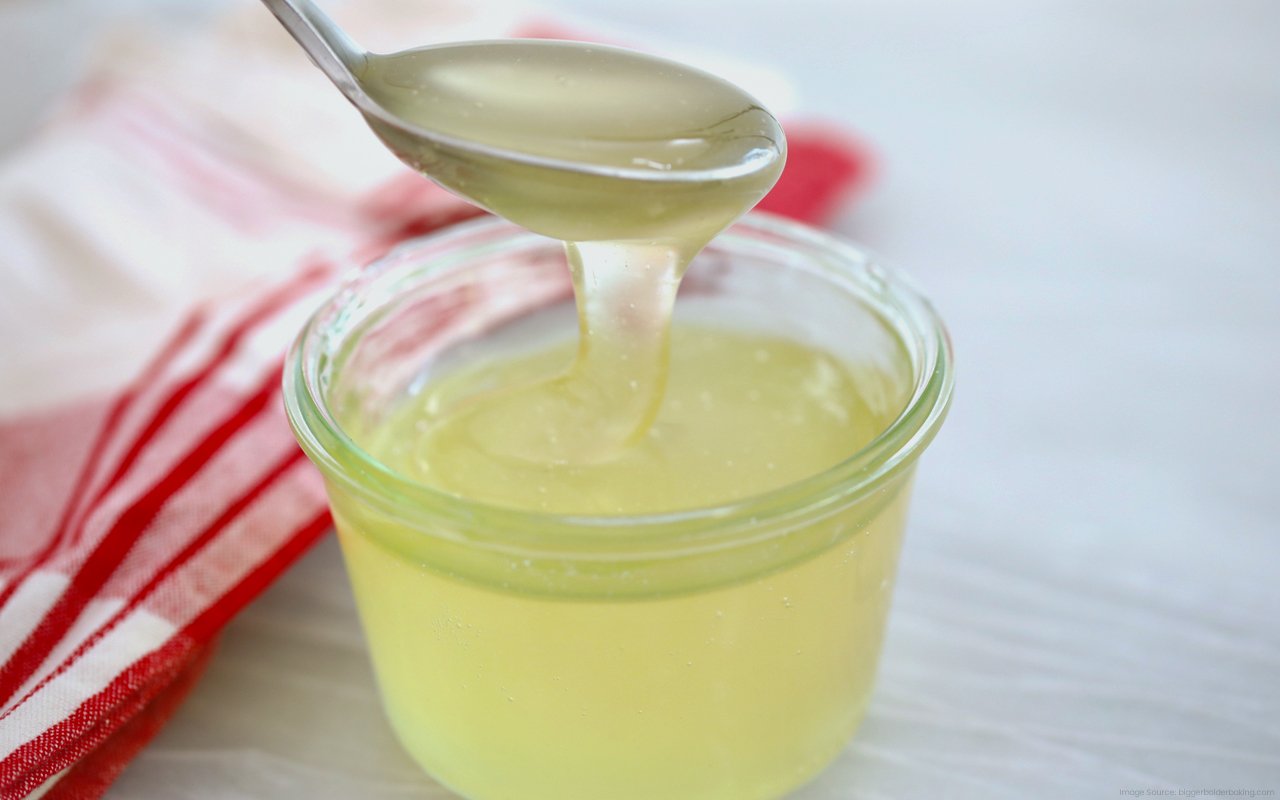Trimoline is a delightful invert sugar with a thick, gooey texture. In this post, we will know about substitutes for trimoline we can use in cooking. Professional bakers and pastry chefs rely on this ingredient to help prevent crystallization. Trimoline’s pleasant creamy texture makes it perfect for ice cream, sorbet, ganache, and candy. Cookies with a chewy and moist crumb have a longer shelf life.
As home cooks venture into new territory with their ingredients, products like Trimoline are being used in more recipes. If you are still looking for the product or would instead use a different sweetener, keep reading for more information. If you’re in a pinch and don’t have any Trimoline, never fear! We have got you covered with our list of substitutes.
Substitutes for Trimoline
Trimoline does more than add sweetness to recipes; it is an important ingredient. Fructose and glucose work together to make this sugar more capable of absorbing moisture than other types. It is also notably sweeter than most of the sugars we use regularly. Taking into account these features, here are some viable substitutes for Trimoline are as follows.
1. Liquid honey

Similar to Trimoline in consistency, liquid honey is an excellent alternative for any recipe that calls for invert sugar. Trimoline is a man-made substance identical to honey, but it doesn’t include the natural ingredients that make honey unique. The primary distinction is taste; while Trimoline is bland, honey has various fruity, spicy, and herbal tones that change based on its type. If you’re looking to showcase the flavor of your ingredients rather than allow one ingredient to overpower the dish, there may be better choices than honey.
2. Glucose syrup

This Glucose syrup is an effective way to prevent sugar crystallization in syrups and confectionery. Glucose Syrup is perfect for making delicious fudge, taffy, ice cream, and ganache. It is also comparably sweet to Trimoline, so you can utilize the same amount as you would of the original ingredient. Even though this sweetener is a convenient replacement, remember that glucose will only sometimes act like Trimoline in some recipes. Feel free to experiment until you find a method that works for you.
3. Molasses

Molasses is a by-product of the sugar beet or sugarcane refining process. It’s an excellent way to add a delicious texture to dark bread, cookie batter, and pie filling. Not to mention, it will also add flavor and color to the dish. Although this might not be an issue every time, some recipes are delicate enough that even a small change like this could ruin them.
4. Brown sugar

The brown sugar gets its unique brown color from molasses. This product is sucrose-based and contains invert sugar. This is ideal for producing soft, chewy baked goods. However, this colorant does not work well in ice cream because it is unsuitable for many flavors. We recommend honey or glucose syrup instead.
5. Corn syrup

Corn syrup is a sweetener made from corn cobs that have been processed. It is similar to Trimoline and works great for making smooth sorbet and ice cream. You can also use it to make candies, jellies, and sweets taste better. Corn syrup is often used in baking as it provides moisture and sweetness. However, it should be noted that corn syrup is not as intense as Trimoline. Adding syrup to baked goods such as brioche and Madeleines results in a more moist final product with a tenderer crumb.
6. Make your own
Invert sugar is made up of 50% sucrose, 25% fructose, and 25% glucose. Making your own version of this at home is accessible! Just follow these simple steps.
Ingredients
- 2 cups water
- 4 ⅓ cups extra-fine granulated sugar
- ¼ tsp citric acid
Method
- To make this dish, add all ingredients to a large pot. Stir occasionally but keep the heat at medium-high until boiling.
- To clean the sugar crystals from the saucepan, use a pastry brush and dip them in water.
- Turn the heat to medium and let the solution boil without stirring. Stop boiling when it reaches 236°F (114°C). Take the pot off of the stovetop and let it cool down.
- Inverted sugar can last anywhere from 6 to 12 months when stored in an airtight container and refrigerated.
Tip: To achieve accurate results, you will need a good thermometer. We’ve reviewed the top thermometers for candy making to assist you in finding the perfect one for your confectionery creations.
A relative sweetness comparison
- Invert sugar is a crucial ingredient in many home brewing recipes and can also help baked goods last longer on the shelf.
- This type of sugar is also known as invert sugar or inverted sugar.
- Trimoline is very thick in texture and significantly sweet.
- Not only does it prevent crystallization, but it also works as an antioxidant and helps food withstand humidity.
- Not only does it enhance the Maillard Reaction, but it aids in browning food as well.
Summing up
Trimoline is a culinary asset, whether you are cooking for a business or in your own kitchen. This invert sugar is perfect for adding texture and improving the quality of baked goods, desserts, and confections. If you don’t have access to trimoline, liquid honey or glucose syrup are both great substitutes. Although molasses, brown sugar, and corn syrup can work for some recipes, keep in mind that they might not be ideal for others because of their specific properties.